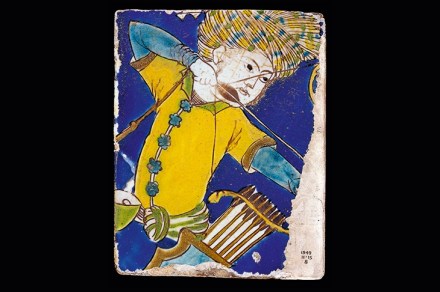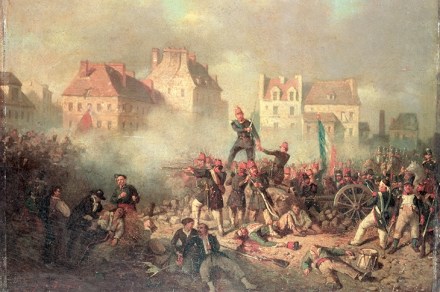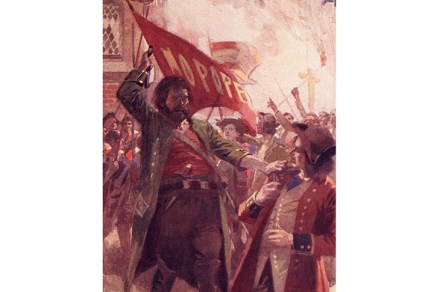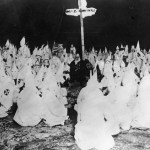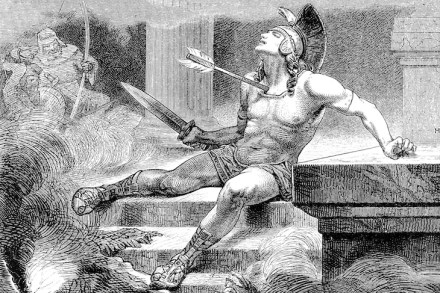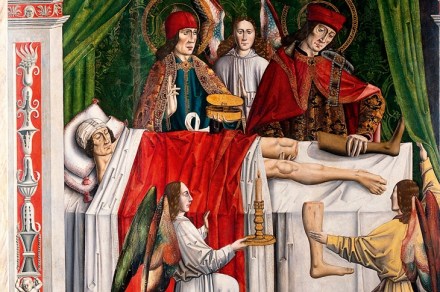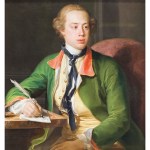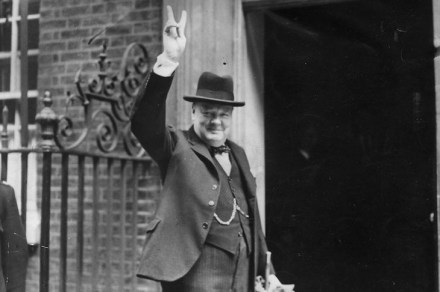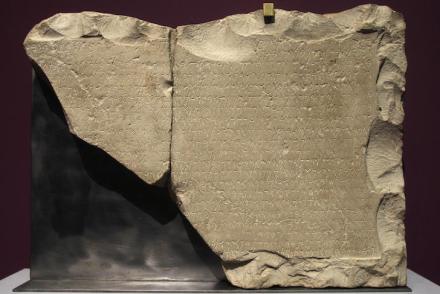When the boat comes in
There was one of those moments late on Sunday night when a voice is so arresting (either through tone, timbre, or from what’s being said) that you just have to stop what you’re doing and listen, really concentrate, anxious not to miss a word. Floella Benjamin was on the Westminster Hour on Radio 4 talking about the 70th anniversary of the arrival of the Empire Windrush at Tilbury Docks with 500 passengers from the Caribbean. Nothing unusual about that; it’s an anniversary that’s been given a lot of coverage. But then she started talking about her own experience of coming to the UK by boat, in 1960, with her three



